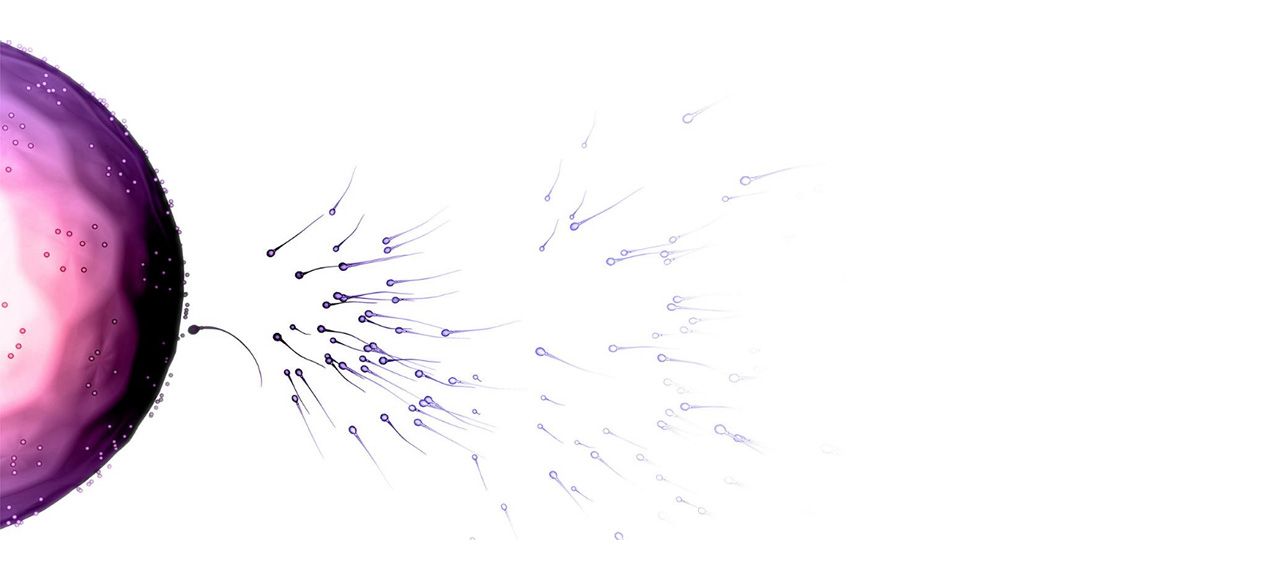Fertility outcomes after extended searches for ejaculated spermatozoa in men with virtual azoospermia.
Librarian's Comment : RESEARCH QUESTION What are the fertility outcomes of extended searches for ejaculated spermatozoa in men with virtual azoospermia vs. TESE after ICSI? WHAT IS ALREADY KNOWN • A great debate exists regarding the efficacy of ejaculated versus testicular sperm even in men with severe azoospermia • Retrieval of spermatozoa from ejaculation avoids invasive TESE and the associated risks • Concerns that the retrieved spermatozoa might suffer from oxidative stress and nuclear DNA damage DESIGN A retrospective cohort of 242 men with non-obstructive azoospermia • 140 men were referred to an extended search in the ejaculate • 102 patients were referred to microTESE BRIEF ANSWER No significant difference was found between groups regarding • mean number of embryo transfer • fertilization rates • pregnancy rates • take-home baby rate A significantly higher first-trimester missed abortion rate was found in the ejaculated sperm group COMMENTS Although the study did not show any differences regarding most of the fertility end-points between couples using ejaculated vs. TESE retrieved spermatozoa, the debate is still ongoing. The significantly higher first-trimester missed abortion rate associated with ejaculated spermatozoa, supports the skepticism about the possible genetic defects of these spermatozoa. Nonetheless, the number of events supporting this statement was relatively small (14 vs. 3)Published in : Fertility and sterility
Authors : Miller N, Biron-Shental T, Pasternak Y, Belenky M, Shefi S, Itsykson P, Berkovitz A
Abstract : OBJECTIVE: To assess the fertility outcomes of extended searches for ejaculated spermatozoa in men with virtual azoospermia. DESIGN: A retrospective cohort of 242 couples whose male partner suffered from nonobstructive azoospermia and who were treated with the use of intracytoplasmic sperm injection (ICSI). SETTING: Not applicable. PATIENT(S): One hundred forty patients were referred to an extended search in the ejaculate and 102 patients were referred to microsurgical testicular sperm extraction (microTESE). INTERVENTION(S): None. MAIN OUTCOME MEASURE(S): Rates of sperm retrieval, fertilization, and pregnancy, take-home baby rate, and missed abortion rate were analyzed and compared. RESULT(S): In the ejaculated spermatozoa group, motile spermatozoa were retrieved in 91 cases (65%) and on oocyte pick-up day in 71 cases (78%), compared with 70 cases (68%) in the microTESE group, with a similar incidence of sperm retrieval between groups. No significant difference was found between groups regarding mean number of embryo transfer and fertilization and pregnancy rates. There was no significant difference between groups regarding take-home baby rate. A significantly higher first-trimester missed abortion rate was found in the ejaculated sperm group (n = 14; 52%) compared with the microTESE group (n = 3; 8.6%). CONCLUSION(S): Conducting an extended spermatozoa search in the ejaculate of men with virtual azoospermia can provide pregnancy rates similar to those obtained with the use of microTESE, with a higher rate of spontaneous abortions in the ejaculate group.









